Ready for a Mexican adventure? Mérida, located in the Yucatan Peninsula, is home to ancient ruins, interesting museums, and plenty of natural scenery.
Whether you’re looking to explore the city’s history or wander through its enchanting parks, there’s something for everyone in Mérida.
For those visiting the Yucatan Peninsula, Mérida may not always be on their list of places to go since it is not a beach town.
However, Mérida is definitely worth visiting. For the very reason that it attracts the kind of visitor that is looking to experience Mexico beyond the party and the water activities.
If you are wondering what is there to do in Mérida? Well, you are in the right place to find out.
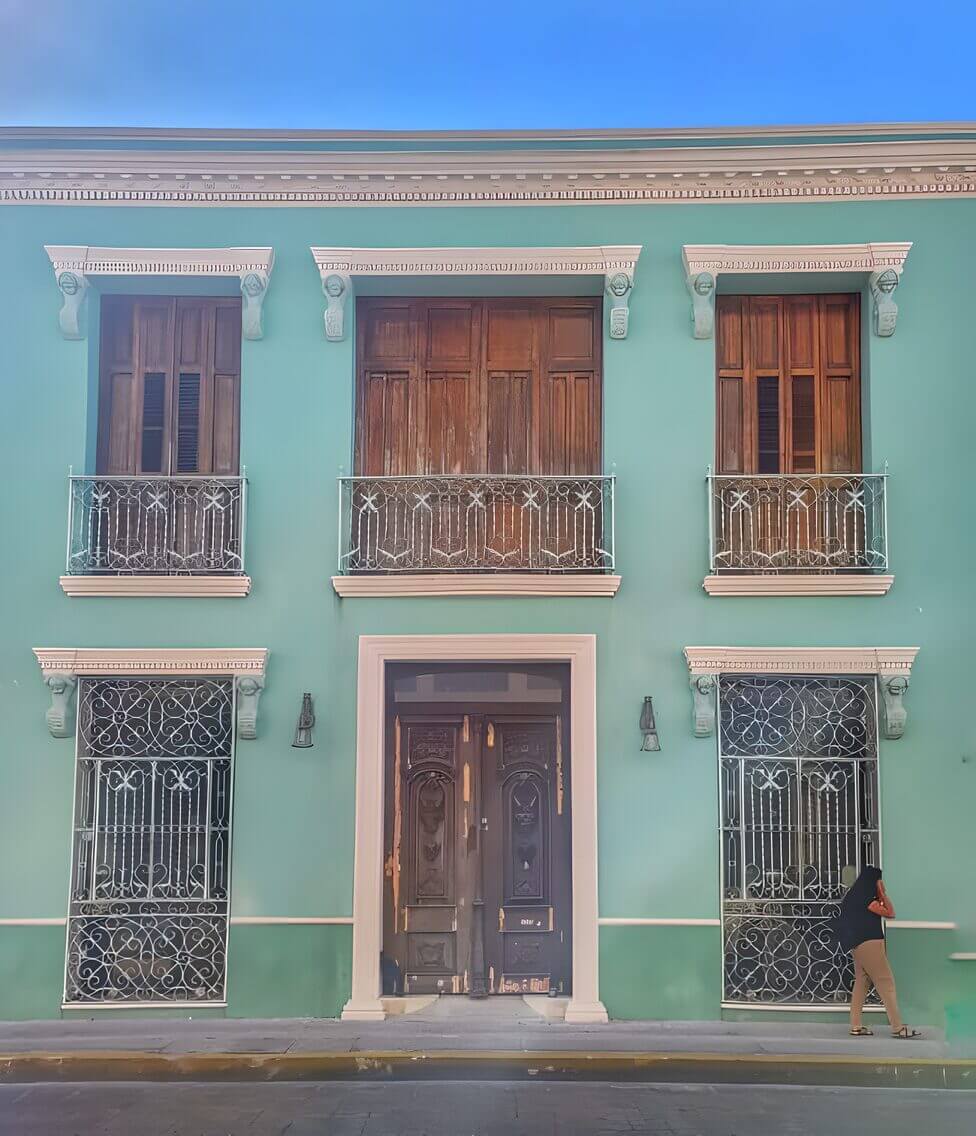
We have put together the top things to do in Mérida in this article along with some travel tips and recommendations.
Our experience was memorable and we want to share with you all that made it special for us.
For starters, it was easy to travel to Merida as a family with a toddler so we would recommend it for families!
1. Plaza Grande
Plaza Grande is a colonial-era square in the city of Merida, Mexico.
It has been rated as one of the most beautiful plazas in all of Latin America and a great place to visit on your next trip to downtown Merida.
The first thing you will see upon arriving at the plaza is The Palacio Municipal (Municipal Palace).
This building was erected in 1542 under viceroy Don Antonio de Mendoza and restored after suffering damage during an earthquake in 1788.
Once you walk around the Palacio, find your way over to what looks like scaffolding surrounding another building – this is The Casa de Montejo which was commissioned by Spanish conquistador Francisco de Montejo “El Adelantado” in 1549.
His son, Francisco de Montejo y León “El Mozo”, inherited the house and lived there with his family. The house was converted into a government building until 1812.

Today it houses the state government offices of Yucatán’s Culture Department.
There are guided tours given during certain hours that give you access to some of the rooms adorned with original furnishings, murals and other historical details.
Close by is Plaza San Juan – another beautiful square dotted with palm trees, benches, flowers & beautifully tiled fountains surrounded by churches including La Merced (built between 1761-1779) on one side and Iglesia del Carmen on another side.
2. Museo Casa Montejo
Museo Casa Montejo is a sixteenth century house museum located on Calle 60 between Calles 57 and 59 in the historic center of the city of Mérida in the Mexican state of Yucatán.
It was one of the first buildings built originally as a private residence.
Since 1980 it has housed an art collection with ancient artifacts from other parts Mexico.
The building consists of two floors surrounding an interior courtyard which opens through three arches supported by pillars made in local limestone quarried from what is now called Cerro del Chacal, located to the west of Mérida.
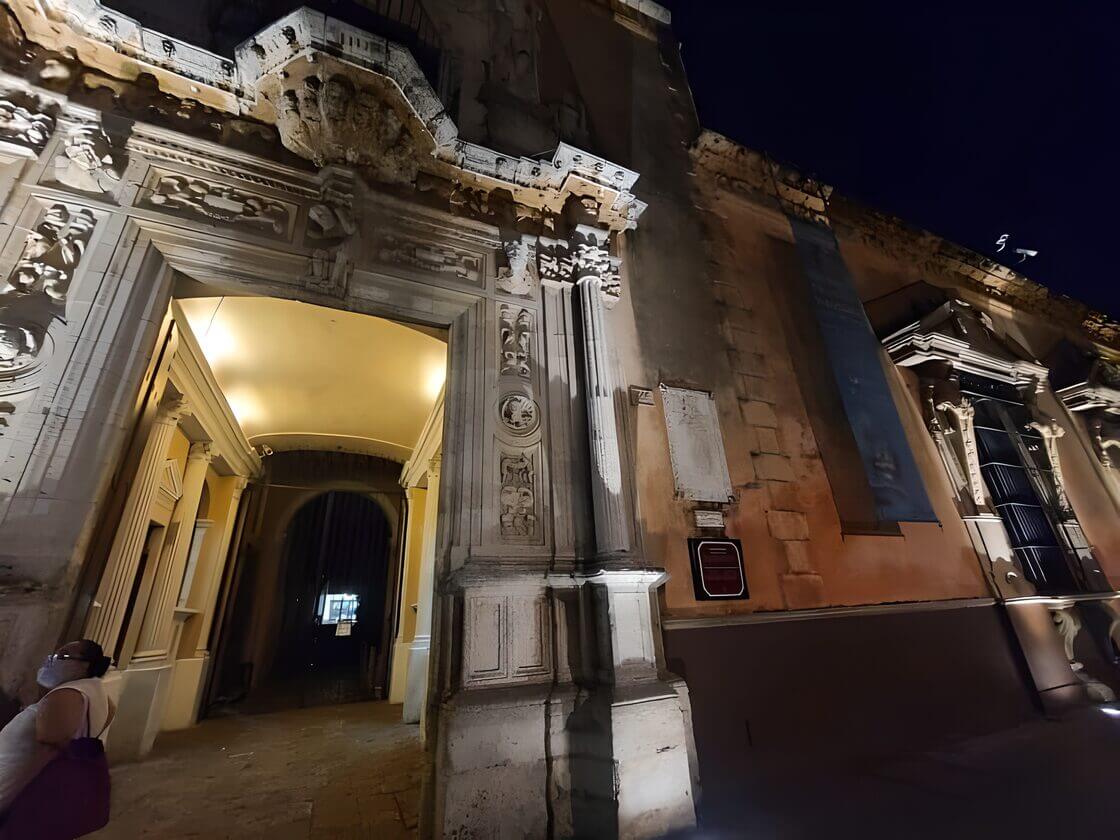
For many decades it was the only museum in Yucatán . However, other museums have opened since then.
The house is considered to be one of the best surviving examples of an aristocratic home from early colonial times in Mexico.
It has been restored three times. The first restoration was between 1944 through 1947 by Mérida’s retired director of Education, Antonio García de León.
His work fully uncovered two earlier facades that had been hidden behind thin veneers applied during later renovations.
3. Pasaje De La Revolucion
The Pasaje de la Revolución (“Passage of Revolution”) is located on Calle 60 between Calles 58 and 60 in Mérida, Mexico.
It contains shops that sell traditional south, north, Mexican handicrafts such as hammocks, jewelry, pottery, leather goods, and clothing.
These items are mostly aimed at tourists visiting this part of town.
This street was originally called Calle del Parian (Parian Street) and was the location of a of Parian, or Chinese-Mexican market.
This is where Chinese migrant workers would sell imported Asian goods they brought with them from China.
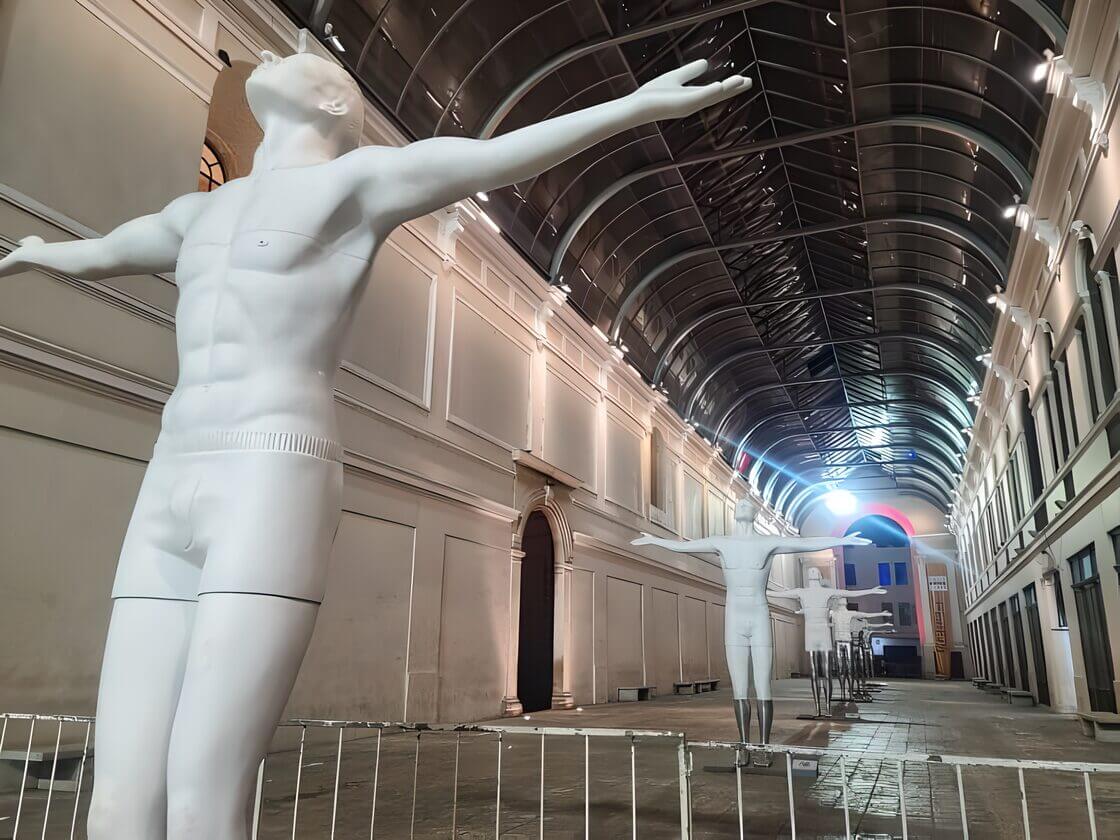
In 1947 it was renamed as Pasaje de la Revolución to commemorate those who died in the Mexican Revolution.
In 1958 the street was extended from Calles 58 and 60 to Calle 53 so that it could join up with Avenida Colón.
It has been called this since then. It contains some colonial-style buildings such as number 61 which has Doric columns on its main door and an ironwork balcony on its second floor.
The architecture is considered to be particularly attractive especially compared to other parts of Mérida which were built over with modern structures in the latter part of the 20th century shape along the four cardinal points.
It was designed as part of the renovation plan for downtown Mérida which included Paseo de Montejo.
Like other pedestrianized plazas in Latin America, cars are not within this passage so it provides the illusion of a plaza.
The passage is decorated with an artistic theme which includes lights, ceramic tiles, flags and banners.
4. Monumento A La Patria
The Monumento A La Patria (“Monument to the Motherland”) is located in Mérida, Mexico, near Paseo de Montejo between Calles 58 and 60.
It is dedicated to those who died during the Caste War of Yucatán, which occurred from 1847 to 1901.
The front reads “To live for our ideals” (VIVA LOS IDEALES) but at first there was no dedication on the back.
This led some people to think that it was dedicated “to those who died or could have died”.
However, twenty years later this problem was solved by adding the phrase “our heroes” (HEROES DE LA PATRIA).
The monument and the street which it is on are probably the two most interesting things to see and do in Merida so make sure not to miss them when visiting!
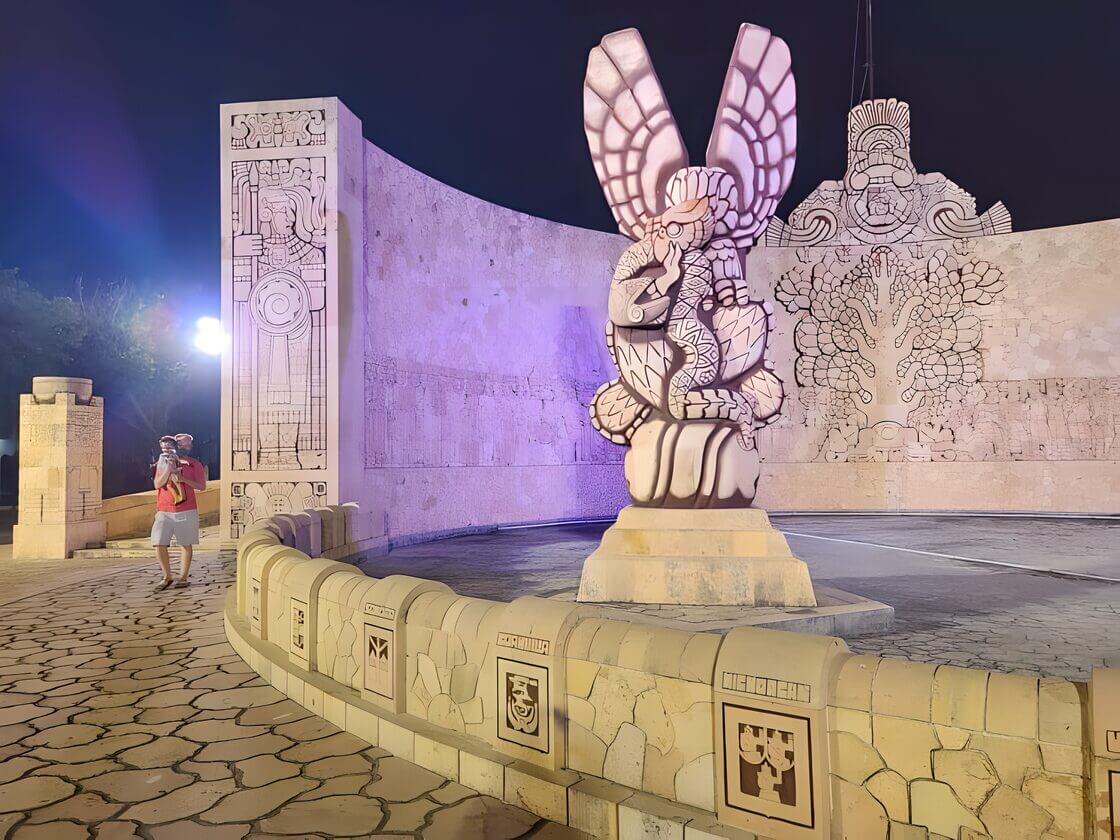
5. Stay In A Renovated Hacienda
We found a great Airbnb for our stay in Merida which made our visit extra unique because it allowed us to get a feel for what it was like to stay in a hacienda.
The renovated house felt luxurious and very accommodating.
The photos on the walls showed the before and after of the house and it was incredible to see what it was like and how it was upgraded.
Knowing that the house had a history and we were able to enjoy it with all the modern luxuries was what made it an extraordinary experience.

6. Stroll Paseo Montejo
Paseo de Montejo (“Walkway of Montejo”) is a major thoroughfare in Mérida, Mexico and is one of the things Merida is best known for.
It spans 3.4 kilometers (2.1 mi) along what was part of the city’s former lakebed.
The avenue starts at Paseo de la Reforma and ends at Calle 65, running north-south through the center of Merida.
The boulevard has six lanes with two lanes dedicated to bus rapid transit.
By 2007, there were 1 million vehicles registered in Yucatán state so congestion was becoming an issue along this road, especially during rush hour.
Paseo de Montejo lies between Avenidas Independencia and Colón so it is easy to reach from all parts of the city.
In 2006 a major renovation project for this boulevard was implemented.
It included adding an exclusive bus lane from Parque Santa Lucia in the west to Calle 65 in the east, along with a bike path.
You will find some of the top historical places and museums along this famous route as well as great restaurants for dining.
If you visit one place in Merida, make sure this street is it because it has a lot to offer!
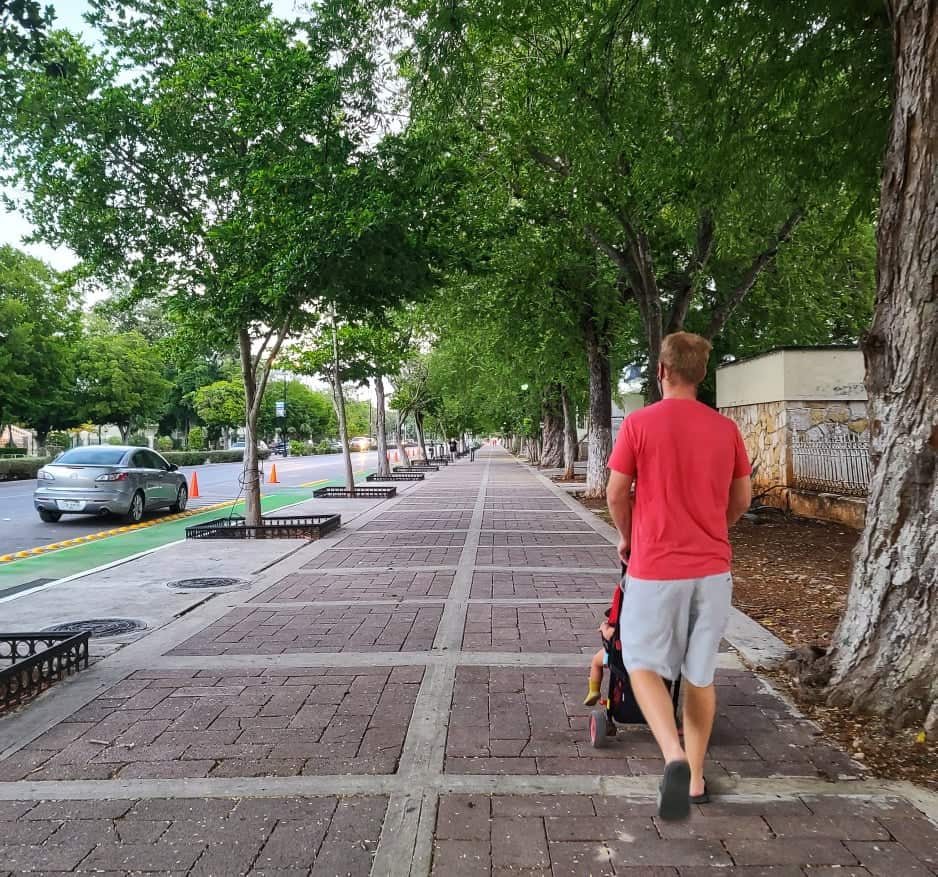
7. Merida Cathedral
Mérida Cathedral or Metropolitan Cathedral Basilica of St. John the Baptist is a Catholic church located in Mérida, Mexico. It is the seat of the Roman Catholic Archdiocese of Yucatán.
The first church on site was built by order of Francisco de Montejo y Álvarez, from 1540 to 1598.
In 1618 it was destroyed during a Tzeltal uprising among its Indian parishioners and an earthquake.
A second smaller structure replaced it in 1689, which underwent modification during the eighteenth century, and still another one in 1774, but both were also eventually destroyed.
The current building dates back to 1864-1892 and is neo-Gothic in style with three naves and seven side chapels.
Two towers flank the façade; the higher one contains the bells while the other is dedicated to the Virgin Mary. The towers were not completed until 1903 and 1925 respectively.
The cathedral is named for John the Baptist, whose image can be seen in a stained glass window behind the main altar. The cloister area of the cathedral has Roman-style mosaics.

8. Parque Santa Lucia
One of our favorite parks to visit in Merida was Parque Santa Lucia.
This park had some trees around so it provided some shade from the strong sun which made it more enjoyable during the day.
There are huge “instagrammable” chairs you can take photos with but what made it really great was that there were several restaurants located around it as well.
After some running around with Petra in the park, we loved dining at Avec Amour. The restaurants are all top rated so you just can’t go wrong here!

9. Eat Amazing Cuisine
The cuisine in this city is, without a doubt, some of the best in the world!
Here’s our list of favorite restaurants in Mérida:
- Micaela Mar & Leña
- Sayonara Japanese
- Pola Gelato
- Rosa Sur 32
- Pita Mediterranean Cuisine
Best Day Trips From Mérida
When you stay in Mérida, you will have load of choices for things to do as a day-trip.
There are some really worth-while short trips you can make for the day away from Merida.
Here are our favorite activities and places to see:
- Visit Archeological Sites – If you would like to see Chichen Itza and it is your first time, we recommend taking a tour but you can also get there on your if you prefer.
- Tour Pueblos Magicos
- Check Out The Pink Lagoon
- See Flamingos in Celestun
Everything from visiting beaches, nature reserves, cenotes, and more all in under 3 hours!
Some might include Valladolid as a day trip from Merida, but I really think that it is worth spending more than a few hours in that town.
Where To Stay In Merida, Yucatan
Here are our top choices for hotels in Merida:
- Best Budget Hotel: Casa Del Balam
- Best Overall: Wayam Mundo Imperial
- Best Location: Hotel Hacienda Mérida
Merida is not a popular tourist location like Cancun or Playa del Carmen, but that doesn’t mean it isn’t worth visiting.
Mérida is a city rich in culture and history. From the beautiful architecture to the delicious food, there’s something for everyone in this Mexican city.
If you’re looking for a place to explore and experience new things, be sure to add Mérida to your list of destinations.
Have you been to Mérida? What were your favorite places to visit?
Let us know in the comments below and be sure to ask any questions you may have about planning a trip there. We would love to help!
FAQ: Mérida, Mexico Attractions
How many days do you need for Mérida?
3-4 days in Merida, Mexico is a good amount of time to explore the city center, visit a few nearby cenotes, and take a day trip to a Mayan ruin site like Uxmal or Dzibilchaltún. However, you could easily spend a week or more exploring the region.
Where to avoid in Merida?
Merida, Mexico is generally safe, but as with any city, it’s wise to be cautious at night and avoid unlit or isolated areas. The south of the city tends to be less touristy and more residential, so it might not have as many attractions or services.
Is it safe to drive around Merida?
Yes, driving in Merida is generally safe, but traffic can be chaotic, especially in the city center. If you’re not used to driving in Mexico, it might be easier to rely on taxis or ride-sharing services. If you do want to drive in Merida, double-check if your International Driving Permit is still valid. Otherwise, you’ll need to obtain a Mexican drivers license.
How cheap is Mérida?
Merida is generally considered to be a more affordable destination compared to other popular Mexican cities like Cancun or Playa del Carmen.
Why is Merida hotter than Cancun?
Merida is located inland, away from the coast, so it doesn’t benefit from the cooling ocean breezes that Cancun enjoys. Additionally, Merida sits at a lower elevation than Cancun, which also contributes to its higher temperatures.
What is the best month to visit Merida Mexico?
The best time to visit is during the winter months (November-February) when the weather is warm and dry, with less humidity than other times of the year.
Why is Mérida called the White city?
Mérida is nicknamed the “White City” due to the prevalent use of white limestone in its colonial architecture and the traditional white clothing worn by locals in the past.
Do I need to speak Spanish in Mérida Mexico?
While speaking Spanish will certainly enhance your experience, it’s not strictly necessary. Many people in the tourism industry speak English, and you can often get by with gestures and translation apps.
What is the best walking street in Mérida?
Paseo de Montejo is a wide boulevard lined with elegant mansions, monuments, and trees. It’s a popular spot for evening strolls and is often compared to the Champs-Élysées in Paris.
Does Mérida have nightlife?
Yes, Merida has a vibrant nightlife scene with bars, clubs, and live music venues, particularly in the Centro Historico and Santa Lucia areas.
Is it safe to drink the water in Mérida, Mexico?
It’s generally not recommended to drink tap water in Merida, Mexico. Stick to bottled or purified water, which is readily available throughout the city.
Do I need pesos in Mérida?
While some places might accept US dollars, it’s best to have pesos on hand, especially for smaller shops, markets, and taxis. You can easily exchange currency at banks or exchange bureaus.
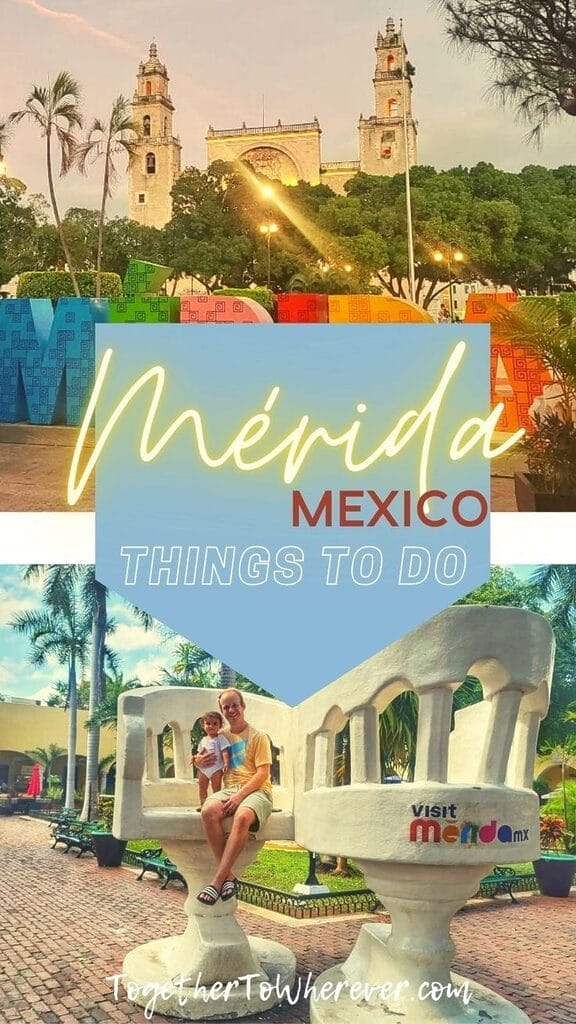


Leave a Reply